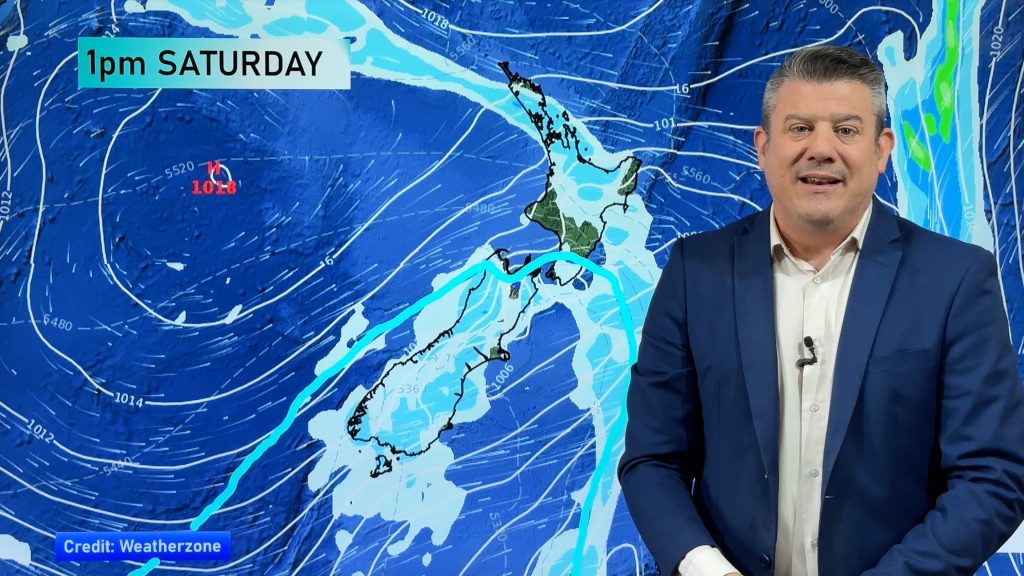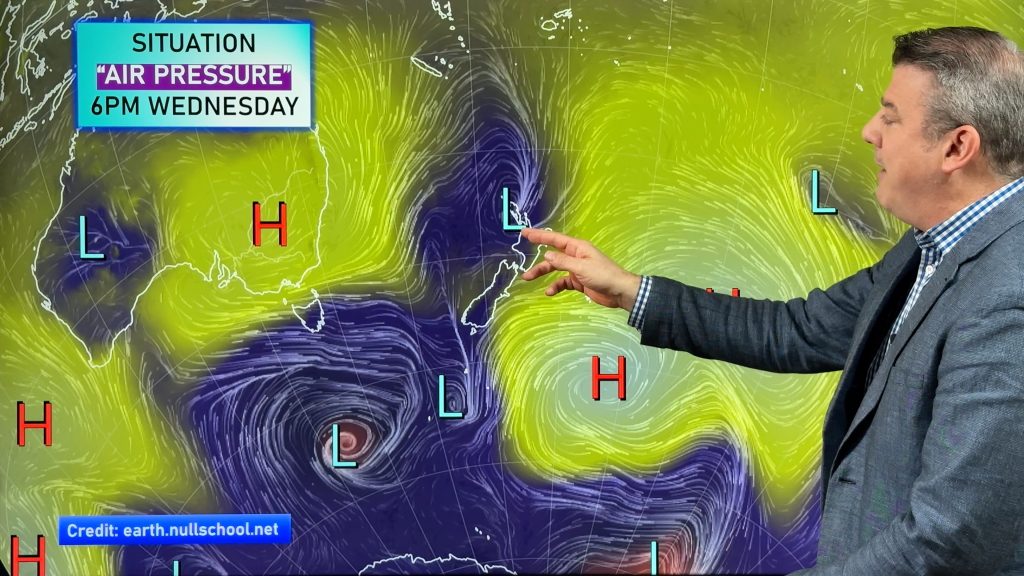
> From the WeatherWatch archives
It’s a fairly safe bet that each year New Zealand gets a snow storm to some degree – but most years they aren’t memorable in the big scheme of things. We tend to remember certain years in our past that jump out as being particularly snowy – for example, the August snow storm last year that made the one a few weeks earlier seem forgettable (well, apart from those in Christchurch).
But the snow events this year have been strong – and if the wind flow this week had been south easterly we would’ve seen snow to very low levels in Canterbury too – and that would’ve made it more historically memorable.
Back in March this year WeatherWatch.co.nz made the prediction that New Zealand was at an increased risk of polar outbreaks this winter.
So what did we specifically see way back in early Autumn that signalled an elevated risk for snow events? Basically we were looking at the highs – and not the lows.
.jpg)
Many of us associate highs as being the “good guys”…after all in summer they bring us the sunniest days and best beach weather. In winter they produce frosty mornings and blue dome days. Most of the time.
Most of the time….but not always. That’s because the more intense a high is, the more air it shifts around.
Think of them as whirlpools in a river…the bigger the whirlpool is the more water gets caught up in it and the more ‘reach’ it has across that body of water. Highs and lows are the same – the bigger they are the more air they shift around the bigger reach they have across the planet.
As I’ve said a couple times already this year, the intense high that helped produced the August snow storm last year had the biggest reach of any air pressure system I’ve ever seen. It pushed air around Papua New Guinea to the north and Antarctica to the south.
So when we noticed that the same big highs that produced the August snow storm in 2011, were still forming (yes, to a smaller degree, but bigger than the normal sized highs we get) we calculated that this put New Zealand at an increased risk this winter for cold blasts.
No models told us this was likely to happen.
These big highs, out near Tasmania, coupled with a low to the south or south east of NZ, produce these wintry blasts.
We don’t normally like to make bold long term predictions – but based on the strong evidence we had in March, and combining that with La Nina going and a neutral winter, plus our own gut instincts, it actually built a fairly strong case for an increased risk of snowy southerlies for winter 2012 in New Zealand.
We have all the right ingredients for a nationwide cold blast like last August – but for that to happen those ingredients need to be perfectly measured by Mother Nature…and that simply doesn’t always happen, with the weather so chaotic at the best of times.
Image / File, snow in Invercargill, Malcolm Gayfer
– Column by Head Weather Analyst Philip Duncan
Comments
Before you add a new comment, take note this story was published on 29 Jun 2012.





Add new comment
Brett on 29/06/2012 10:10pm
Hi i am a kiwi living in Sweden, cold winters in this part of the world are generated when there is an – NAO north atlantic oscilation. Large highs sit northeast of scandinavia in this pattern and cold arctic air moves clockwise around the high from siberia. Are these large highs you discuss also generated from – southern oscilation, cold air moving anti clockwise around the highs pulling antartic air up through nz? I believe this is negative at the moment?
Reply
WW Forecast Team on 29/06/2012 11:24pm
Hi there – yes Brett a number of highs this year have been pullng up Antarctic air across the country as you describe. And when we look at large weather patterns we often find NZ can buck the trend. For example we were told we’d get an extra hot summer this year thanks to La Nina – we had the opposite. We’ve found the most accurate way of predicting is too look back to look forwards…so, what have the past 3 months been doing and what does that mean for the next month ahead – and occasionally we can give a winter or summer prediction based on that, but long term predictions in NZ have a history of being wrong, so for the most part we focus on short term – only when we have high confidence do we predict beyond 4 weeks.
– Cheers
Phil
Reply
sw on 29/06/2012 8:31pm
also the summer was cooler than usual much of it.
Reply